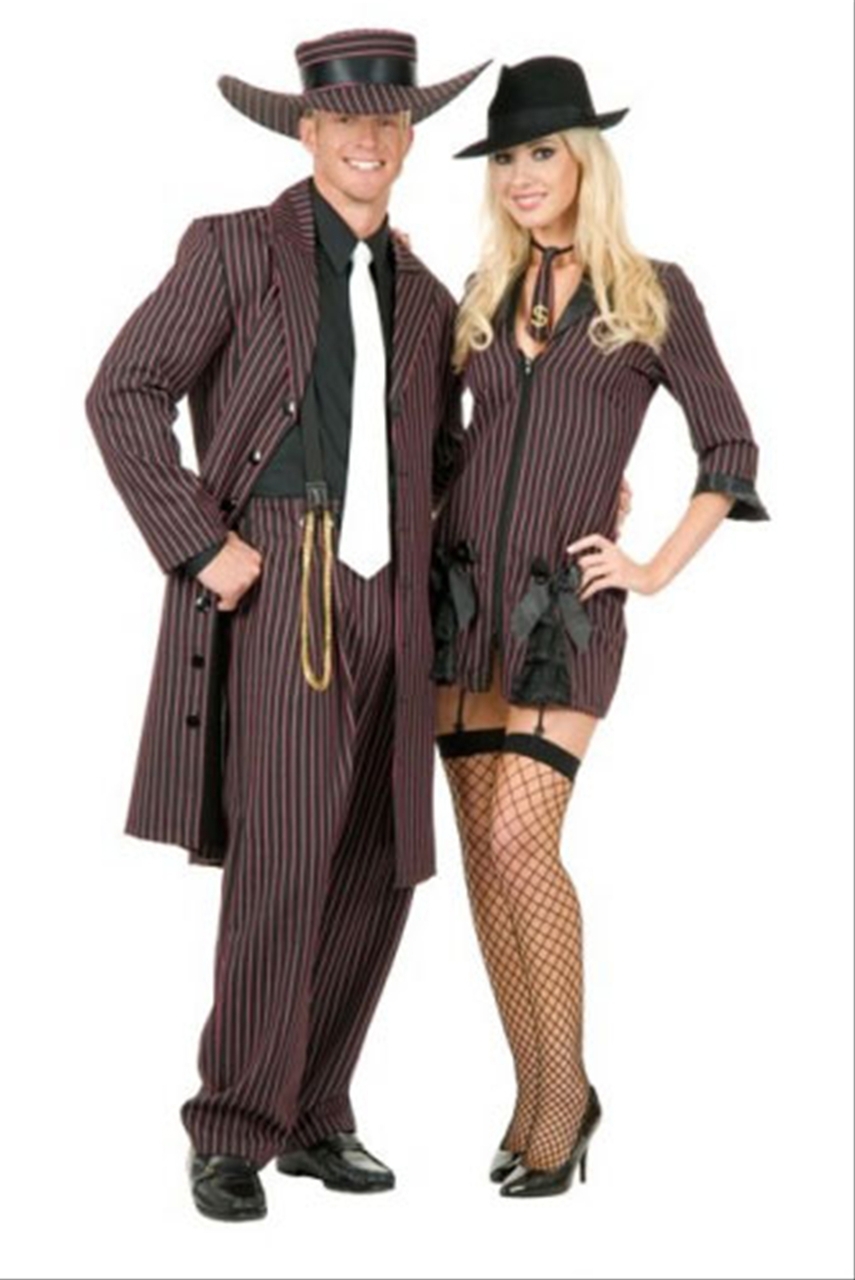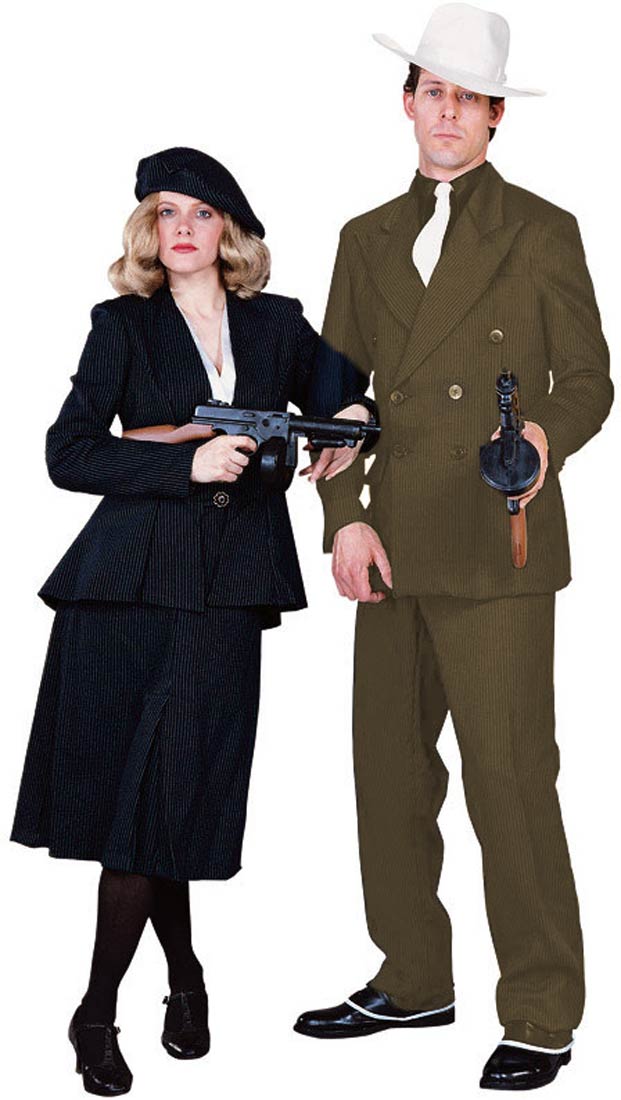

A zoot suit (occasionally spelled zuit suit) is a men’s suit with high-waisted, wide-legged, tight-cuffed, pegged trousers, and a long coat with wide lapels and wide padded shoulders. This style of clothing became popular among the African-American, Chicano, Filipino American, and Italian American communities during the 1940s. In Britain the “Edwardian-look” suits with velvet lapels worn by Teddy Boys is said to be a derivative of the zoot suit.

Zoot Suits were first associated with African Americans in urban communities such as
Harlem, Chicago, and Detroit but were made popular by jazz musicians in the 1940s. According to the Oxford English Dictionary, the word zoot probably comes from a reduplication of suit. The creation and naming of the zoot suit have been variously attributed to Harold C. Fox, a Chicago clothier and big-band trumpeter;Charles Klein and Vito Bagnato of New York City; Louis Lettes, a Memphis tailor; and Nathan (Toddy) Elkus, a Detroit retailer. Anti-Mexican youth riots in Los Angeles during World War II are known as the Zoot Suit Riots. In time, zoot suits were prohibited for the duration of the war,[10] ostensibly because they used too much cloth.
“A Zoot Suit (For My Sunday Gal)” was a 1942 song written by L. Wolfe Gilbert and Bob O’Brien.
Zoot suiters often wear a fedora or pork pie hat color-coordinated with the suit, occasionally with a longfeather as decoration, and pointy, French-style shoes.
A young Malcolm X described the zoot suit as: “a killer-diller coat with a drape shape, reet pleats and shoulders padded like a lunatic’s cell“. Zoot suits usually featured a watch chain dangling from the belt to the knee or below, then back to a side pocket. Zoot suit wearers’ dates often wore flared skirts and long coats.
The amount of material and tailoring required made them luxury items, so much so that the U.S. War Production Board said that they wasted materials that should be devoted to the World War II war effort.When Life published photographs of zoot suiters in 1942, the magazine joked that they were “solid arguments for lowering the Army draft age to include 18 year olds.” This extravagance, which many considered unpatriotic in wartime, was a factor in the Zoot Suit Riots. Wearing the oversized suit was a declaration of freedom and self-determination, even rebelliousness.